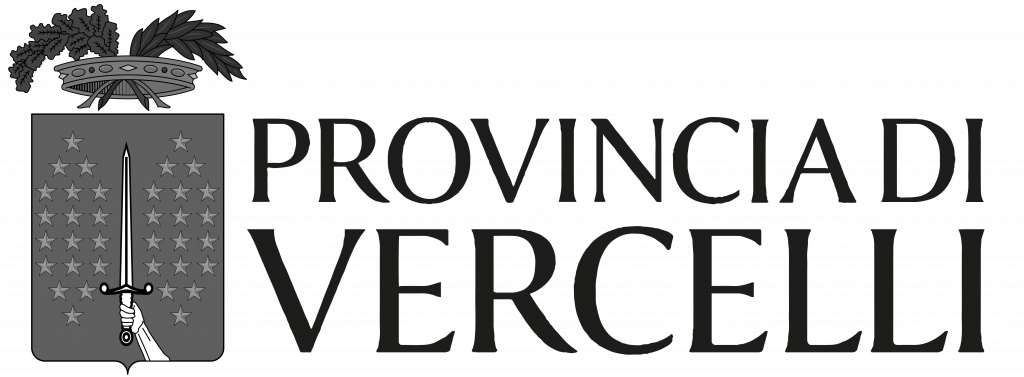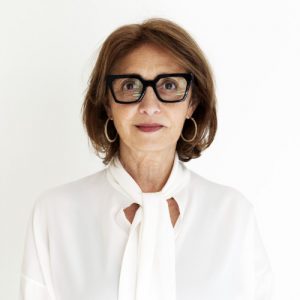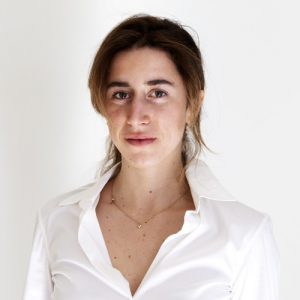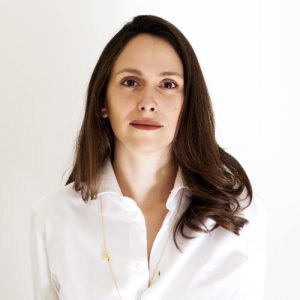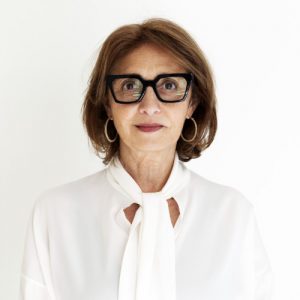Second edition
May the 7th – November the 30th 2023
Matilde Cassani

Almonst nobody
Credits: Delfino Sisto Legnani
Principato di Lucedio, April the 7th 2023.
For its second edition, Aptitudeforthearts association is pleased to present the new project Almost Nobody by Matilde Cassani, designer and artist whose research have been working on the border between architecture, installations and performances for years.
Born as an art initiative in the territory dedicated to the material and intangible cultural heritage of Vercelli enhancement, Aptitudeforthearts, with this second episode, confirms the aim to support female artistic research by inviting artists of different generations and backgrounds to reflect on the landscape of the rice fields and imagine an intervention freely inspired by his stories.
In the current season, the invitation has been explicitly conceived to the possibility of acting in the natural context, within a large and generous surrounding that embraces the vastness of the rice fields, beyond the border of a specific architectural artifact. Almost Nobody is the answer of Matilde Cassani whose gaze investigates the rice paddies not only as an aesthetic panorama but mainly as a socio-anthropological phenomenon. The artist and designer, during the research carried out in situ, has focused on the progressive rarefaction of the human figure in the agricultural landscape, less and less inhabited by bodies and increasingly crossed by stories. Stories of disappeared communities, voices of ghosts echoing behind the hills, the appearance and disappearance of water, less and less abundant, the nesting of herons that mark the seasons’ passage.
Besides this fauna, who does inhabit these places? Almost Nobody. Then the project’s theme winds around this simple question that leads Matilde Cassani to discuss what she calls “the mirage of a man”, his presence isolated among animals, his being an animal among many, As fragile as the others who suffer the effects of climate change where reigns Queen Drought. Cassani transforms the rice paddies into a fairy-tale universe, populated by visible figures, echoes of those who are gone, elusive extras that can be glimpsed at dusk. Here she dreamed of seeing a company of scarecrows appears here and there.
Magical character, fable but not without a dimension linked to the phantasmagoric, the scarecrow is an image that combines the ancient with the contemporary, sacred figure and puppet of the present, concrete metaphor of the idea of nature efficiency different figure, dressed in rags and strangeness that encapsulates his bizarreness within a rich literature linked, above all, to the countless translations and infinite adaptations of the famous novel by L. Frank Baum, The wonderful Wizard of Oz, first published in Chicago in 1900.
Almost man (or almost woman?), puppet (or doll?) on the border between realism and imagination, politically interpreted as the agricultural class symbol, the scarecrow is a visual device, a scary object, also called a bogeyman, traditionally a mannequin to be dressed in a “strange”, “different” way and in any case capable of inducing the birds to escape through bizarre clothing. Even from these brief hints, it seems clear how the scarecrow embodies the dimension of fear, diversity, the problematic relationship that is established between human and animal being within a natural landscape where the former cultivates the land and the latter feeds on it and vice versa. The scarecrow in this sense interprets in a post human key the theme of care of the territory, embracing every possible translation in the living field.
Isolated and often in silence this “living”, no longer just a woman or a man but a community, keeps company in the lunar landscape of the rice field that, century after century, has watched the seasonal transformation of the agricultural system. For these reasons, the project imagined by the artist embraces a wide time, where she can monitor the seasons’ change by observing the surroundings of the Abbey of Lucedio and the agricultural areas between the lands of the Principality of Lucedio, which host it.
The project relies on the collaboration with photographer Delfino Sisto Legnani who has been collaborating with Matilde Cassani for years and who, in this case too, will measure himself in the investigation of the context with the artist.
Almost nobody has been realized with the generous support of Principality of Lucedio srl and with the collaboration of Botto Giuseppe and Figli s.p.A and with the collaboration of Set-up and Studio Matilde Cassani.
Thanks to the Polytechnic of Architecture of Milan, Micro stage project Course of Contemporary Art and Spaces, Professors Anna Mazzanti and Matilde Marzotto Caotorta, LCA Studio Legale, Borgo Ramezzana Country House, Efebia srl, Manfredi Perrone and Paolo Schenone. Thanks to Luisa Gervasio, Andreina and Paolo Carrà, Luca and Helen Brondelli of Brondello for their friendly participation in the narration video.
Credits: Giovanni Emilio Galanello
Matilde Cassani continues her investigation into the anthropology of the landscape in this new design adventure. In this perspective, the project hardly anyone has seen the realization of a performance staged by some protagonists of the agricultural entrepreneurship of the area. Around an oversized table, six inhabitants of this landscape and a weeder dined filmed by television cameras in a room of the Abbazia di Lucedio, once used as a dining room for minor abbots. The video will be the subject of a further phase of public demonstration of the project together with the photographs taken by Delfino Sisto Legnani which will tell the passing of the seasons in the paddy and its effects on the body of the scarecrows.
Credits: @ortiiica
supported by
